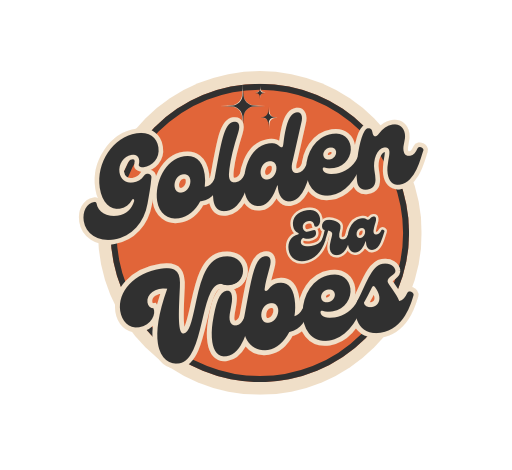17 Least Popular Classic Rock Artists In The ’80s That Nobody Knows Now
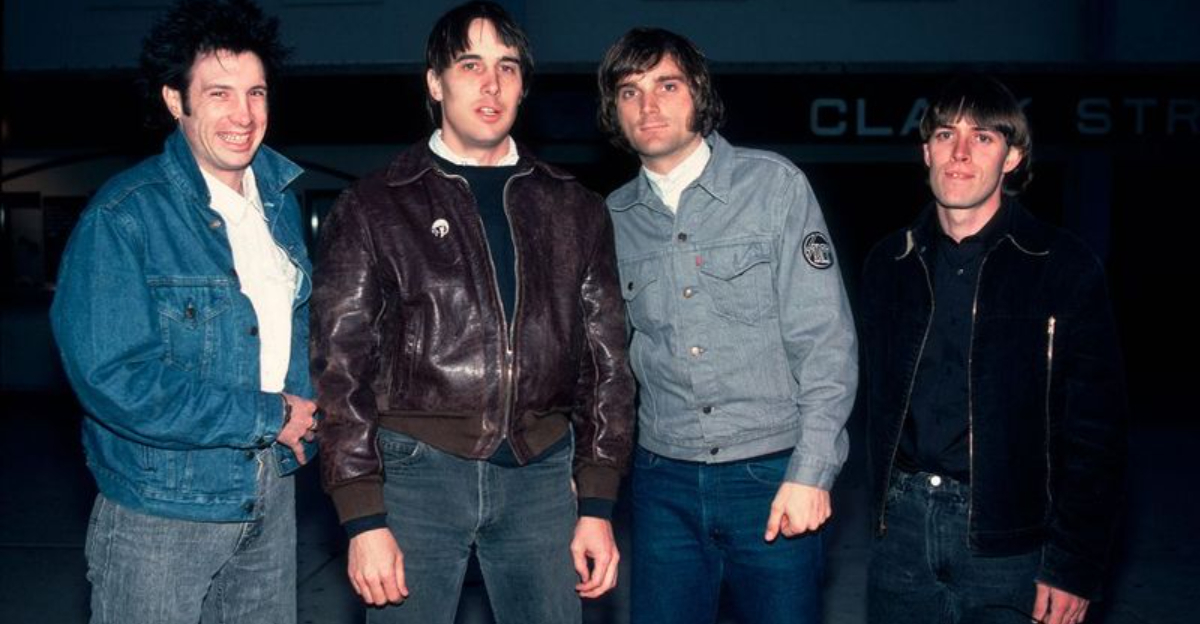
Remember the electrifying rock scene of the ’80s? It was a decade ruled by big hair, roaring guitars, and anthems that defined a generation.
Bands like Bon Jovi, Guns N’ Roses, and Def Leppard were blasting from every radio and cassette deck—but beyond the arena rock legends, a whole world of talent was quietly making waves, often without the recognition they truly deserved.
These forgotten rockers had the riffs, the vocals, and the raw energy to rival the giants of the era—they just didn’t catch the same spotlight. Whether lost in the shuffle of changing trends or overshadowed by bigger marketing budgets, their music still holds up today.
So let’s turn up the volume and revisit 17 classic rock artists from the ’80s who faded into obscurity—but absolutely shouldn’t have.
1. The Plimsouls: Power Pop’s Lost Heroes
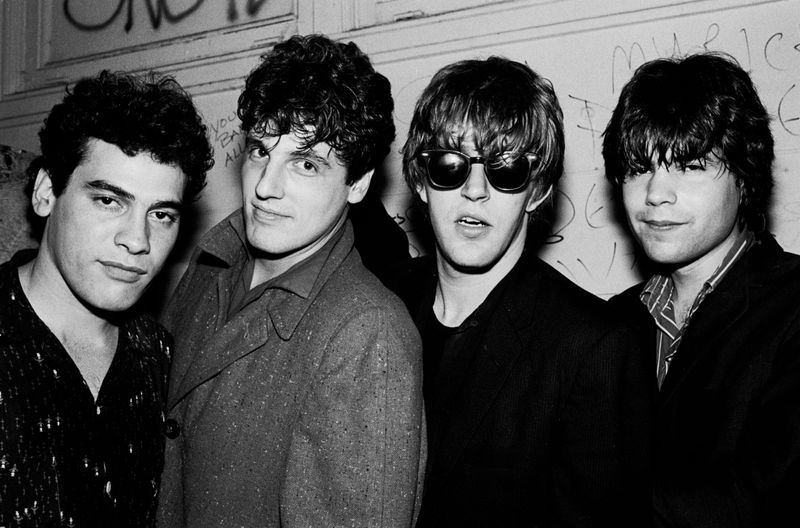
Last summer, I stumbled across a vintage Plimsouls record at a garage sale and couldn’t believe my ears when I played it. These power pop wizards created some of the most infectious tunes of the early ’80s, with their hit “A Million Miles Away” even featuring in the cult classic film Valley Girl.
Lead singer Peter Case brought raw emotion to every track, blending punk energy with melodic hooks that should have rocketed them to stardom. The band’s tight musicianship and catchy choruses were criminally overlooked by mainstream audiences.
Despite critical acclaim and a devoted following in Los Angeles, The Plimsouls disbanded in 1983 just as they were gaining momentum. Their legacy lives on through occasional reunions and dedicated fans who recognize their influence on later power pop acts.
2. Romeo Void: New Wave’s Bold Outsiders
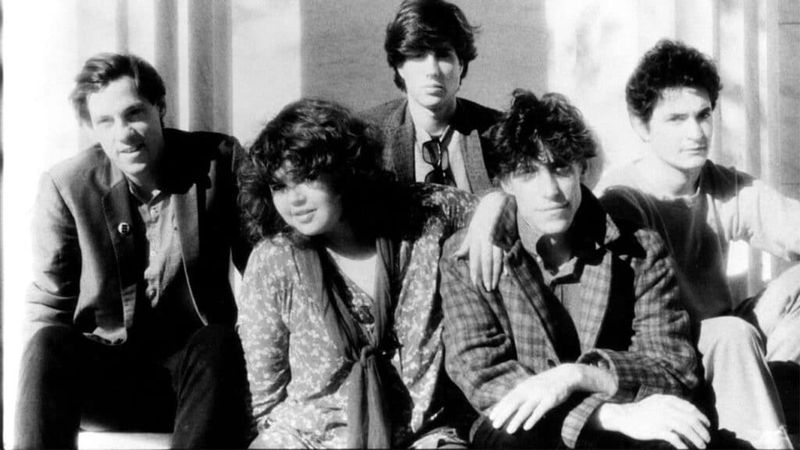
Whoa! The first time I heard Debora Iyall’s distinctive vocals on Romeo Void’s “Never Say Never,” I nearly dropped my vintage Walkman. This San Francisco outfit blended saxophone-driven new wave with post-punk attitude, creating a sound that was both danceable and dangerous.
Female-fronted when that was still uncommon in rock, Romeo Void tackled taboo subjects with refreshing directness. Their provocative lyrics challenged mainstream sensibilities while their infectious rhythms kept you moving.
Despite a brief flirtation with MTV success, record label conflicts and changing musical tastes pushed Romeo Void into obscurity by 1985. The band’s fearless approach to both sound and subject matter makes them true pioneers deserving of rediscovery.
3. The Call: Passionate Political Rockers

During my college radio days, I championed The Call’s anthemic rock to anyone who would listen. Fronted by the charismatic Michael Been, this Santa Cruz band crafted passionate, politically charged music that addressed social issues when most ’80s bands were singing about partying.
Their 1989 track “Let the Day Begin” briefly cracked the charts, showcasing their trademark wall-of-sound approach and Been’s powerful vocals. U2’s Bono was a vocal supporter, recognizing kindred spirits in their earnest approach to making meaningful music.
The Call’s albums featured remarkably consistent songwriting and emotional performances that should have connected with a wider audience. Despite touring with major acts and critical respect, they never achieved the commercial breakthrough their talent warranted.
4. Icicle Works: Liverpool’s Atmospheric Dreamers

Goosebumps still cover my arms whenever I hear Icicle Works’ hauntingly beautiful “Birds Fly (Whisper to a Scream).” This Liverpool trio created atmospheric rock that balanced post-punk edge with dreamy, almost psychedelic soundscapes unlike anything else in the ’80s scene.
Frontman Ian McNabb possessed one of rock’s most underrated voices – powerful enough for arena anthems yet delicate enough for introspective ballads. Their self-titled 1984 debut album showcased their unique approach to songcraft, blending Celtic influences with modern production.
American audiences barely noticed them beyond their one hit single, while in the UK they maintained a modest following. The band’s poetic lyrics and lush instrumentation created a distinctive sonic world that rewarded repeated listening.
5. Big Country: Scotland’s Celtic Guitar Innovators
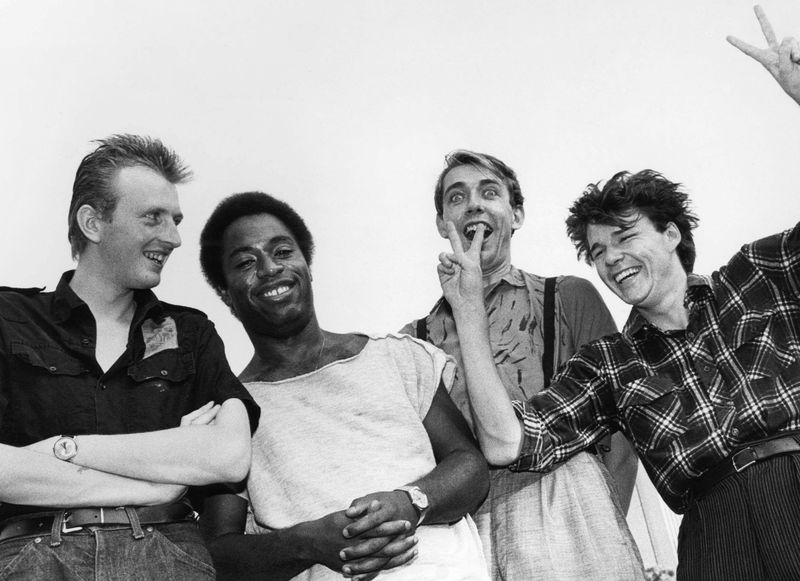
Holy bagpipes, Batman! Except there weren’t any bagpipes – that’s just the magical guitar sound Big Country pioneered! I first discovered them on a rain-soaked backpacking trip through Scotland, which felt perfectly appropriate for their music.
Frontman Stuart Adamson and guitarist Bruce Watson developed an innovative twin-guitar technique that mimicked traditional Scottish instruments, creating their signature sound. Their anthemic 1983 hit “In a Big Country” briefly broke through in America, but the band’s subsequent albums failed to maintain that momentum despite consistent quality.
While they achieved respectable success in the UK, American audiences largely overlooked their rich catalog. Tragically, Adamson’s suicide in 2001 ended any chance of the original lineup recapturing attention in the nostalgia-driven reunion circuit.
6. The Rainmakers: Heartland Rock’s Witty Outsiders
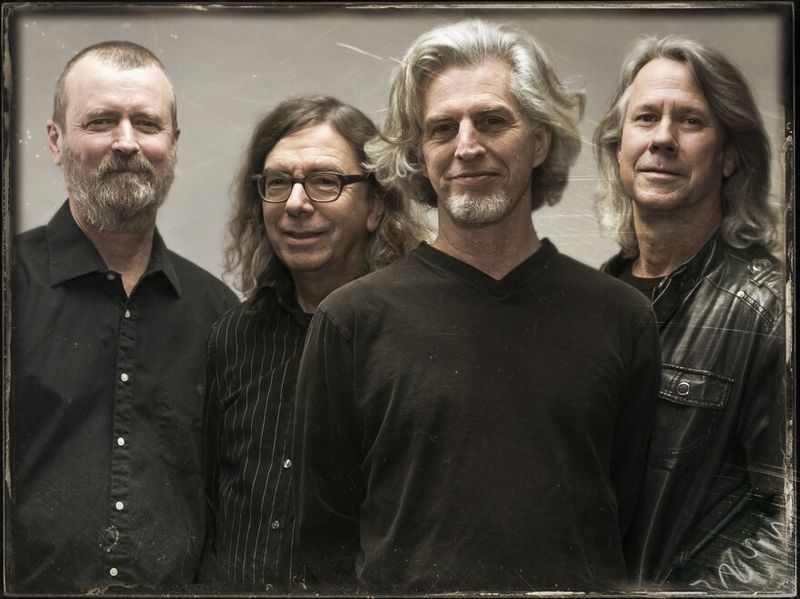
“Let’s all go to Denny’s and slam some Grand Slams!” That bizarre invitation came from a bearded stranger after I wore my vintage Rainmakers t-shirt to a dive bar last year. Such is the cult following this Kansas City band still commands among devoted fans.
Led by the razor-sharp wit of Bob Walkenhorst, The Rainmakers combined heartland rock with intelligent, often satirical lyrics that tackled religion, politics, and small-town America. Their self-titled 1986 debut spawned minor hits with “Let My People Go-Go” and “Government Cheese,” showcasing their knack for catchy hooks and social commentary.
Despite earning famous fans like Stephen King (who quoted them in The Tommyknockers), mainstream success eluded them in America. Ironically, they became legitimate stars in Norway of all places!
7. The Smithereens: Power Pop With Punch
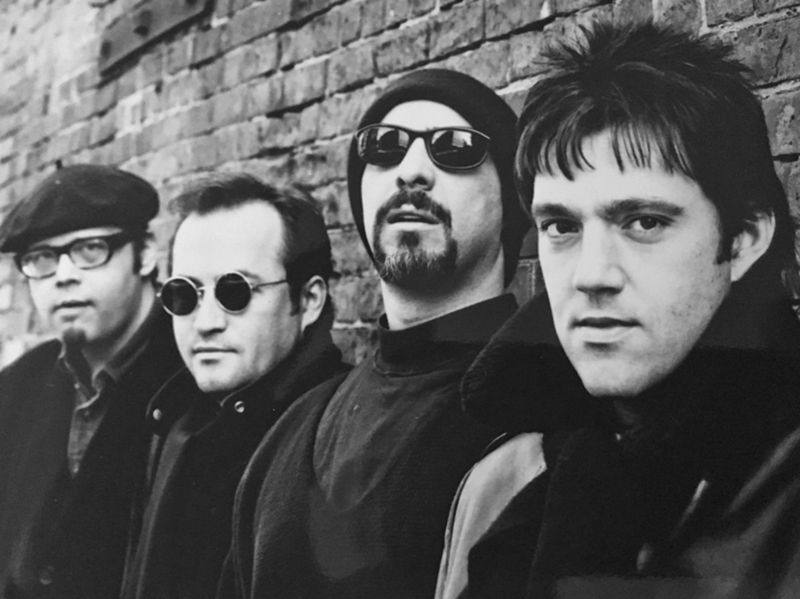
My uncle Mike introduced me to The Smithereens when I was just thirteen, and their wall of guitar sound blew my adolescent mind! These New Jersey rockers crafted a perfect blend of British Invasion influences and contemporary power pop that should have made them household names.
Frontman Pat DiNizio’s distinctive baritone and introspective lyrics gave emotional weight to their melodic rock assault. Their breakthrough 1986 album “Especially For You” yielded modest hits with “Blood and Roses” and “Behind the Wall of Sleep,” showcasing their tight musicianship and vintage-meets-modern sound.
Despite consistent quality across their catalog and respect from fellow musicians, The Smithereens never quite achieved the commercial success they deserved. They occupied an awkward middle ground – too mainstream for alternative radio yet too alternative for mainstream rock stations.
8. The Long Ryders: Americana Before It Was Cool
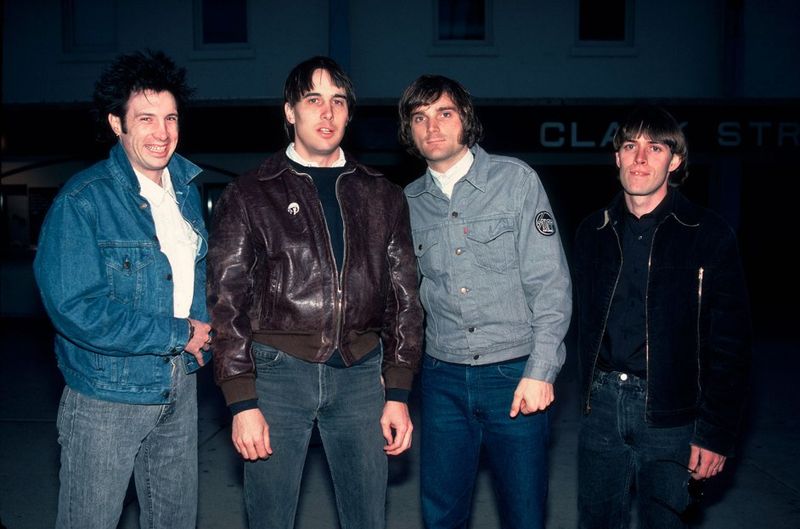
Picture this: It’s 1985, and while everyone’s sporting neon and dancing to synthpop, The Long Ryders are rocking cowboy boots and Rickenbacker guitars! I discovered their album “State of Our Union” in a $1 bin at a flea market, and it changed my understanding of ’80s music forever.
These Los Angeles pioneers fused punk energy with country and folk traditions years before “alt-country” became a recognized genre. Sid Griffin’s passionate vocals and the band’s jangly guitars created a sound that honored American roots music while keeping one foot firmly in contemporary rock.
Despite critical acclaim and a dedicated following in Europe, they remained virtually unknown in mainstream America. Their authentic approach was wildly out of step with the glossy production dominating ’80s rock radio.
9. The Dream Syndicate: Neo-Psychedelic Noir
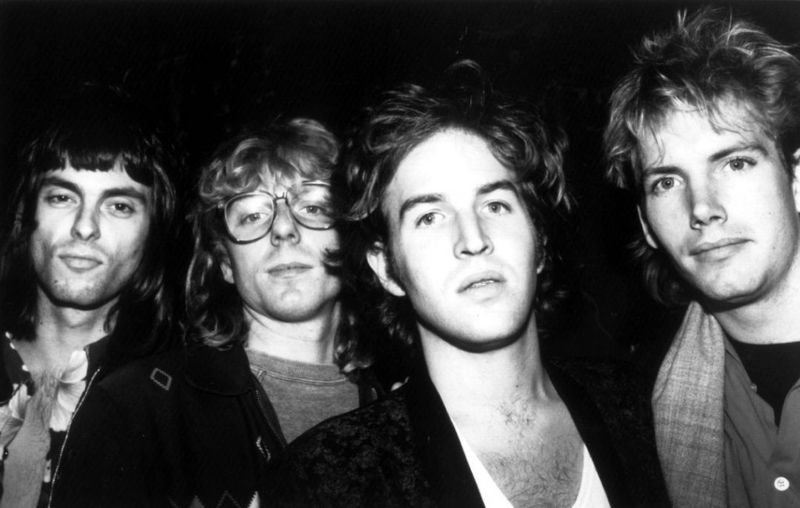
Midnight drives through empty streets with The Dream Syndicate’s “The Days of Wine and Roses” blasting from my car stereo defined my college years. These Paisley Underground pioneers created dark, swirling soundscapes that felt like the soundtrack to a Raymond Chandler novel set in 1980s Los Angeles.
Steve Wynn’s literary lyrics and the band’s hypnotic, guitar-driven approach revitalized psychedelic rock for a new generation. Their improvisational live performances became legendary, featuring extended jams that showcased guitarist Karl Precoda’s experimental tendencies.
Too intense for mainstream radio yet too melodic for the hardcore scene, The Dream Syndicate occupied a unique space in ’80s alternative rock. While they influenced countless bands that followed, commercial success remained elusive during their original 1981-1989 run.
10. The Screaming Blue Messiahs: Rockabilly Punk Fury
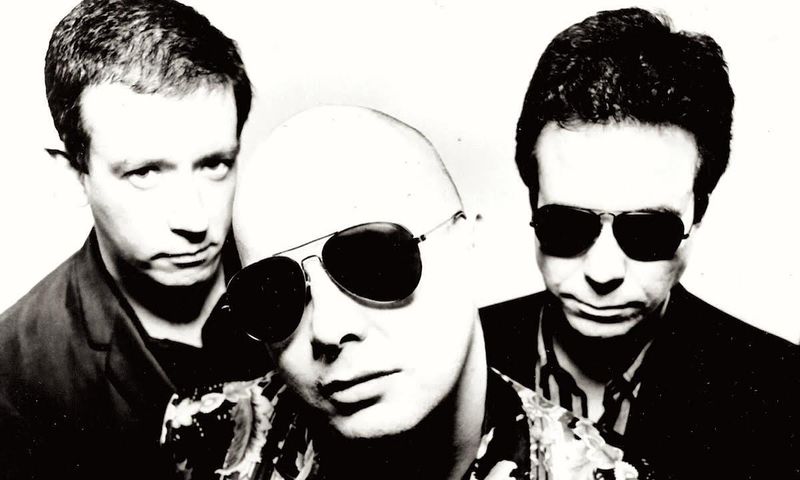
My ears are still ringing from the time I saw The Screaming Blue Messiahs’ “I Wanna Be a Flintstone” video on late-night MTV! This London trio unleashed a ferocious blend of rockabilly, punk, and blues that sounded like nothing else in the ’80s landscape.
Frontman Bill Carter’s intense delivery and distinctive appearance (bald and bespectacled when everyone else had big hair) made them stand out visually as well as sonically. Their 1986 album “Bikini Red” briefly cracked the college rock scene with its manic energy and Carter’s unhinged guitar work.
Despite opening for The Clash and earning critical praise, mainstream success proved elusive for these British rockers. Their raw, uncompromising sound was too abrasive for pop radio yet too traditional for the hardcore punk scene.
11. Guadalcanal Diary: Southern Jangle-Pop Storytellers
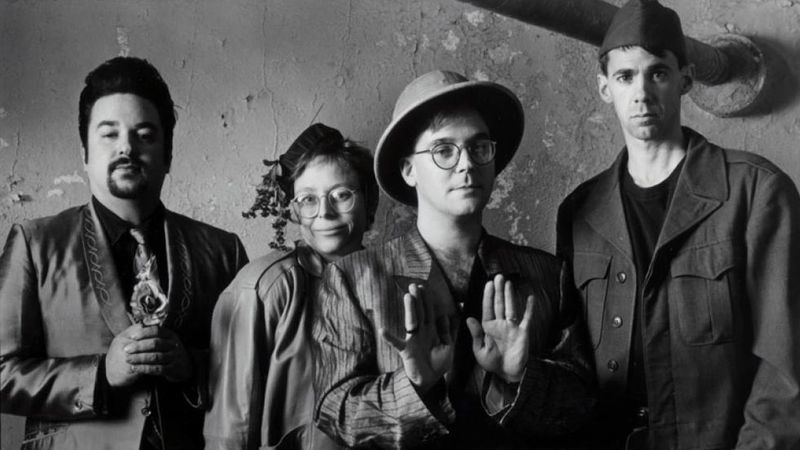
One sweltering Georgia summer, my cousin played me Guadalcanal Diary’s “Watusi Rodeo” and I was instantly hooked by their quirky charm! These Athens, Georgia neighbors of R.E.M. created literary jangle-pop filled with vivid characters and Southern gothic imagery.
Murray Attaway’s distinctive vocals and the band’s chiming guitars created accessible yet intelligent rock that deserved far more attention than it received. Their 1986 album “Jamboree” showcased their storytelling prowess and ability to blend post-punk energy with folk-rock traditions.
Despite critical acclaim and college radio support, Guadalcanal Diary remained overshadowed by their more famous Athens contemporaries. Their eclectic approach – one song might feature spaghetti western themes, the next carnival sounds – made them difficult to market despite consistent songwriting quality.
12. Translator: Art-Rock Dreamers

“Everywhere That I’m Not” randomly played on my college radio show’s ’80s flashback hour, and three listeners immediately called asking about this forgotten gem! Translator created sophisticated art-rock that balanced new wave accessibility with poetic depth rarely heard on commercial radio.
This San Francisco quartet featured the complementary songwriting of Steve Barton and Robert Darlington, whose different styles created a compelling musical tension. Their 1982 debut album “Heartbeats and Triggers” briefly earned them critical attention and college radio play with its atmospheric production and introspective lyrics.
Despite signing to Columbia Records and touring with established acts, Translator never broke through to mainstream audiences. Their thoughtful approach and complex arrangements lacked the immediate hooks dominating ’80s rock radio.
13. The Chameleons: Post-Punk’s Hidden Masterminds

A tattooed record store clerk nearly jumped over the counter when he spotted my vintage Chameleons t-shirt last year! “Finally, someone who knows real music,” he exclaimed. This Manchester band created some of post-punk’s most atmospheric and emotionally affecting music during their brief original run.
Mark Burgess’s passionate vocals and the band’s distinctive dual guitar approach created a swirling, immersive sound on albums like 1983’s “Script of the Bridge.” Their introspective lyrics tackled alienation and existential themes with unusual depth for the era.
Recording label troubles and internal conflicts cut short their career just as they were developing momentum. While they achieved modest success in the UK, American audiences largely missed out on their brilliance.
14. The Verlaines: New Zealand’s Literary Rockers
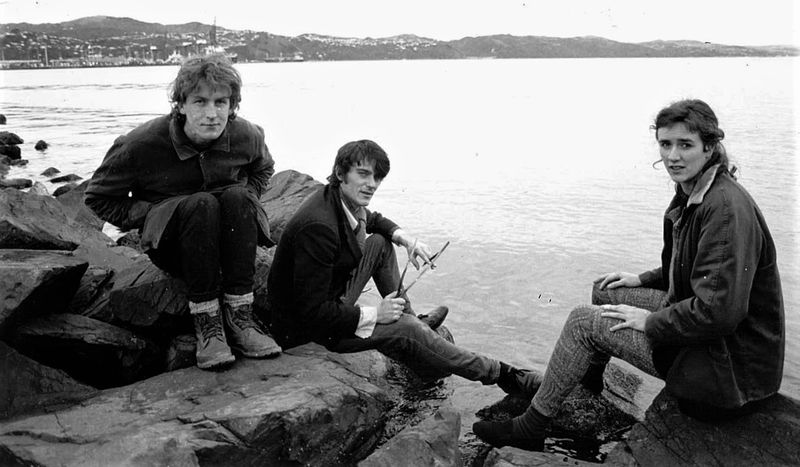
The strangest music recommendation I ever received came from my English professor who scribbled “Listen to The Verlaines” on my paper about symbolist poetry. Named after French poet Paul Verlaine, this New Zealand band brought literary sophistication to the Dunedin Sound scene of the 1980s.
Frontman Graeme Downes (who later became a music professor) crafted complex compositions that incorporated unusual time signatures and classical influences while maintaining rock energy. Their 1985 album “Hallelujah All The Way Home” showcased their unique approach, blending poetic lyrics with ambitious arrangements.
Geographic isolation and their challenging sound limited their exposure outside of dedicated indie rock circles. Despite critical acclaim and influence on the development of New Zealand’s vibrant music scene, The Verlaines remained virtually unknown in America.
15. The Wipers: Proto-Grunge Pioneers
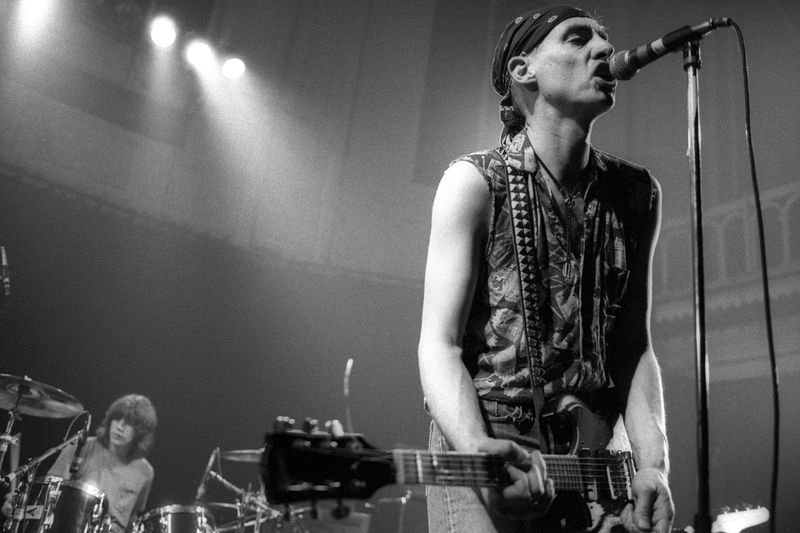
Kurt Cobain listed them as a major influence, yet most people have never heard of The Wipers! I discovered them through a dog-eared copy of a Nirvana biography that mentioned Greg Sage’s Portland trio as essential listening for understanding grunge’s origins.
Their raw, intense sound on albums like 1983’s “Over the Edge” created the template for the Pacific Northwest rock explosion that would come years later. Sage’s distinctive guitar work and emotionally charged vocals conveyed genuine angst without theatrics.
Fiercely independent, The Wipers intentionally avoided major labels and mainstream promotion, preferring artistic control to commercial success. This principled stance kept them obscure during their active years but earned them legendary status among musicians.
16. Flesh For Lulu: Gothic Glam Outsiders
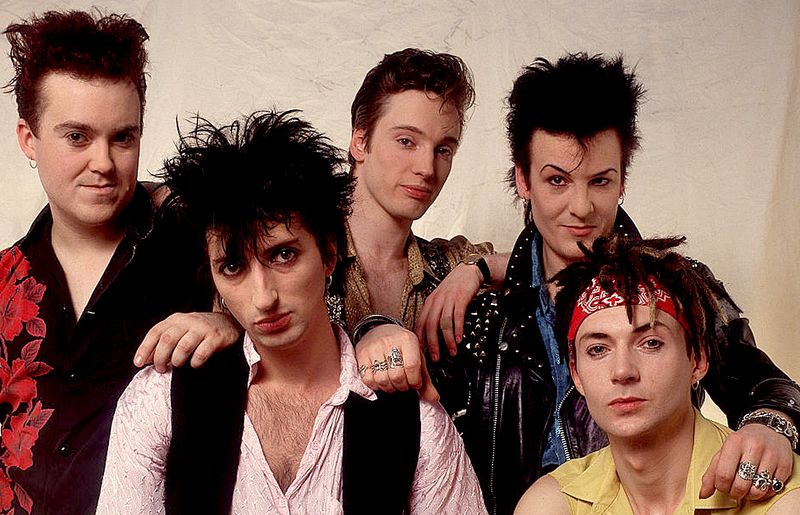
“I Go Crazy” blasting during that iconic scene in Some Kind of Wonderful was my introduction to Flesh For Lulu! This British band straddled multiple genres, blending gothic rock’s moodiness with glam’s swagger and new wave’s catchiness into something uniquely their own.
Frontman Nick Marsh’s charismatic vocals and the band’s stylish image seemed tailor-made for MTV success that somehow never fully materialized. Their appearance on the Some Kind of Wonderful soundtrack in 1987 gave them brief exposure to American audiences, but mainstream breakthrough remained elusive.
Too glamorous for the post-punk crowd yet too dark for pop radio, Flesh For Lulu existed in a commercial no-man’s-land despite their accessible sound. The band continued evolving through the late ’80s, incorporating more psychedelic elements while maintaining their signature style.
17. The Blasters: Roots Rock Revivalists
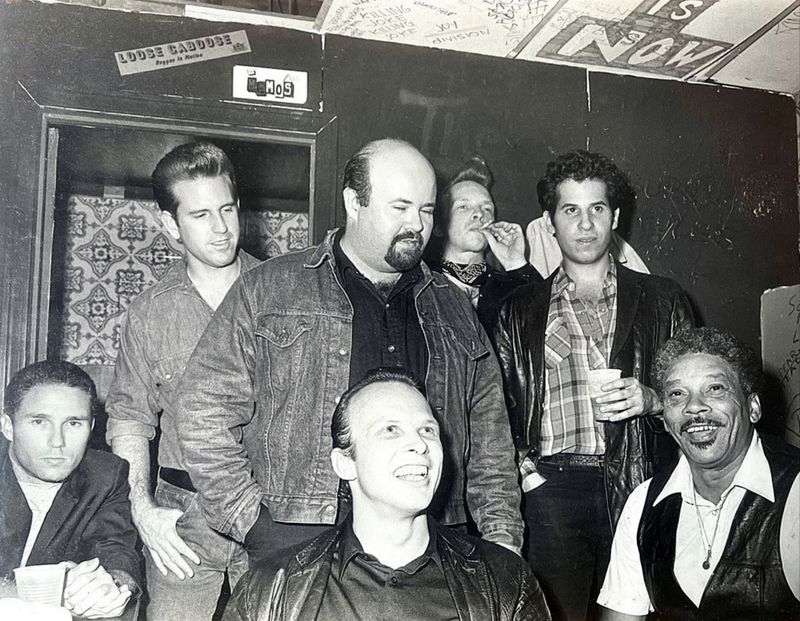
Sweaty roadhouse rock ‘n’ roll in the era of synths and hairspray? The Blasters didn’t just play American roots music in the ’80s – they lived it! My rockabilly-obsessed uncle introduced me to their album “Non Fiction” during a cross-country road trip, and it became our highway soundtrack.
Brothers Phil and Dave Alvin led this Los Angeles outfit, bringing authentic blues, rockabilly, and country influences to the contemporary rock scene. Phil’s powerful vocals and Dave’s exceptional guitar work anchored their energetic sound, while their lyrics celebrated American working-class life.
Despite critical acclaim and a reputation as an electrifying live act, The Blasters remained too rootsy for mainstream ’80s rock radio. Their 1981 self-titled album and 1983’s “Non Fiction” showcased their remarkable musicianship and songwriting chops, earning them respect among musicians but limited commercial success.
